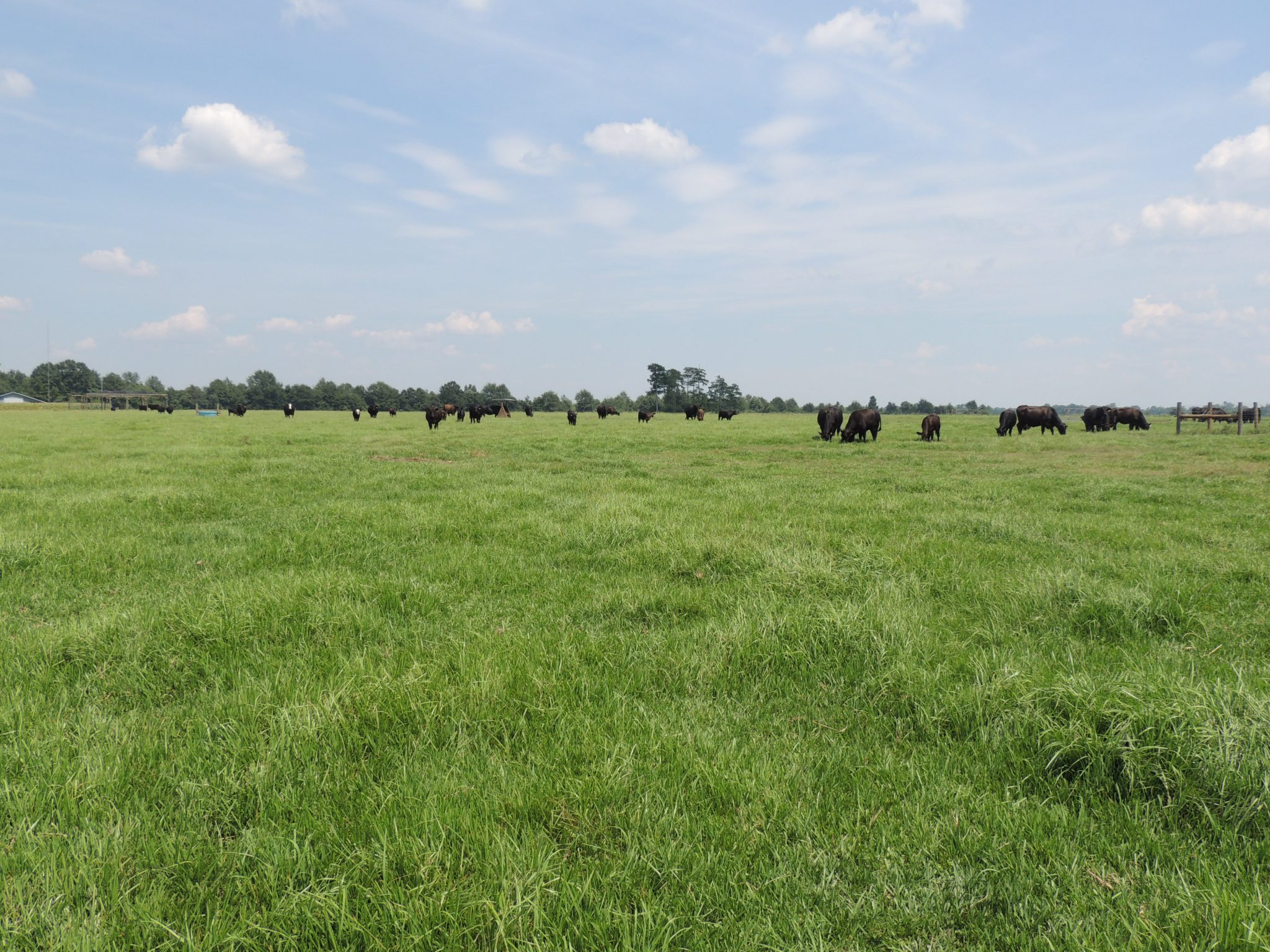Beef

To make the optimum transition from spring to summer, beef cattle producers should review these considerations for improved land and animal management.
1. Start with soils. Now is the time to collect and submit soil samples for analysis from pastures and hayfields. A soil test analysis provides valuable information on available nutrients in the soil as well as fertilizer recommendations for a given crop. A fertility recommendation is provided based on soil test levels, the forage species being used, and desired production level and management.
2. Conduct a pasture assessment. As the seasons change, it is always a good practice to conduct a pasture/hayfield walk and evaluate available forage resources for the upcoming season. Visually evaluate the different species in the stand (grass, legumes, weeds) and the amount of bare ground present. Ask what percentage of the stand each component makes up. Based on this, consider what can be done to improve the stand. Is weed or pest control needed? Stand renovation? Or are there fertility issues?
3. Determine hay “readiness.” Readiness is the state of being fully prepared for something. If hay harvesting is part of your system, evaluate equipment and have any repairs conducted before harvest season begins. The worst feeling is going to harvest a crop that is ready only to break down and miss your window of opportunity. Aim to harvest hay at the optimum stage of maturity to get the best nutritional value for your cattle. Hay quality cannot be improved after this time, but can be maintained through proper storage until the time of feeding.
4. Prepare for planting and establishment of warm-season grasses if needed. For warm-season perennials, begin land preparation and locate planting material (seed or sprigs, species dependent). Schedule time for planting as soon as possible if commercially contracted. Determine if there is a need for supplemental, more short-term summer annual forage crops such as pearl millet, sorghums, etc. For these crops, begin land preparation and plant as weather permits.
5. Re-evaluate mineral program. Cattle usually require some form of mineral supplementation during the entire year. A high-magnesium or ‘Hi-Mag’ mineral (> 12% magnesium) is often provided to help prevent grass tetany during the late winter and early spring. Once the outside temperature has consistently reached 60° F or greater, the mineral program can be adjusted to provide 1-4% magnesium in the supplement.
General Cattle Management
Spring-calving System†
- Use best quality pasture available during breeding season.
- Work calves (dehorn, castrate, implant, deworm) if not already completed.
- Deworm herd bulls and cows.
- Identify calves (ear tags, tattoo), record birth dates and sex of calf during calving season.
- Score cows’ body condition before breeding.
- Perform breeding soundness exams on herd bulls 60 days before breeding season.
†Calving during March, April, or May
Fall-calving System‡
- Consider creep-grazing calves on best pasture to enhance gains.
- Wean, vaccinate and deworm calves.
- Deworm herd bulls and cows.
- Obtain cow and calf weights at weaning.
- Determine body condition score for cows at weaning.
- Cull cows based on pregnancy status and performance.
- Evaluate cows for beef quality assurance (BQA) assessment of eyes, teeth structure, feet and leg soundness, udders, body condition and disposition. Cull cows accordingly.
- Consider pre-conditioning options for feeder calves after weaning.
- Select any heifers to be retained as replacements based on records and weaning data.
- Begin to develop replacement heifers with forage and/or supplementation to gain 1.5 lbs./day from weaning to breeding.
‡Calving during September, October, November

